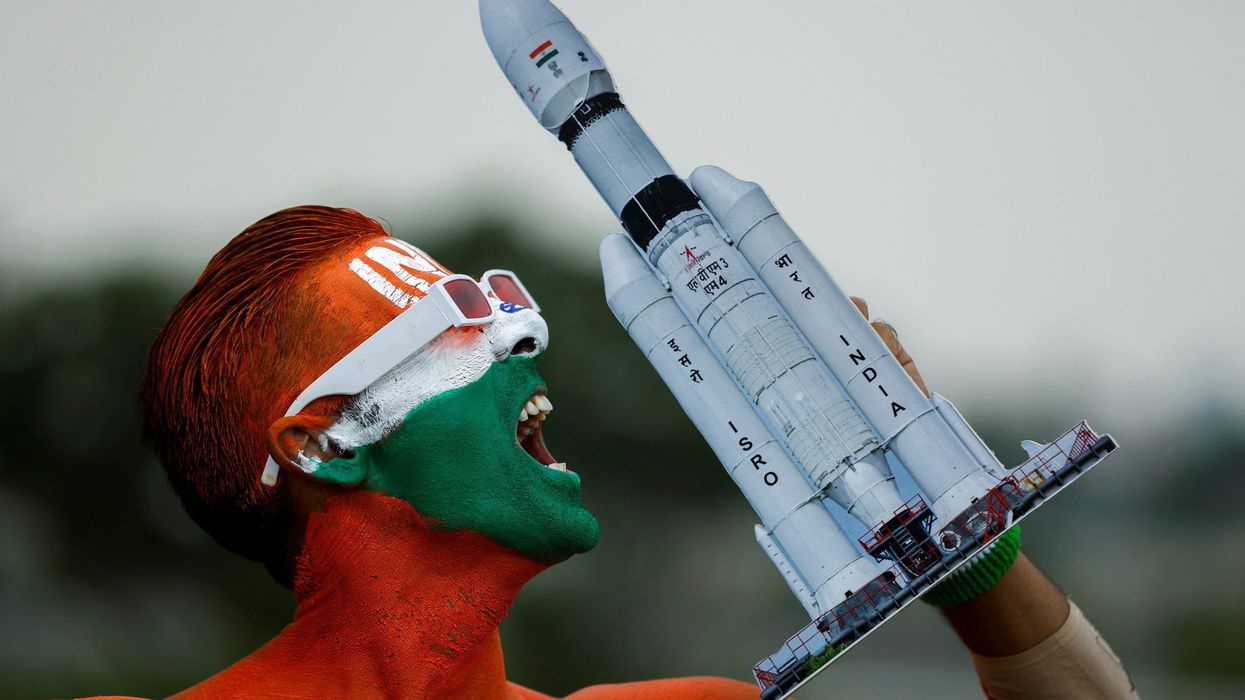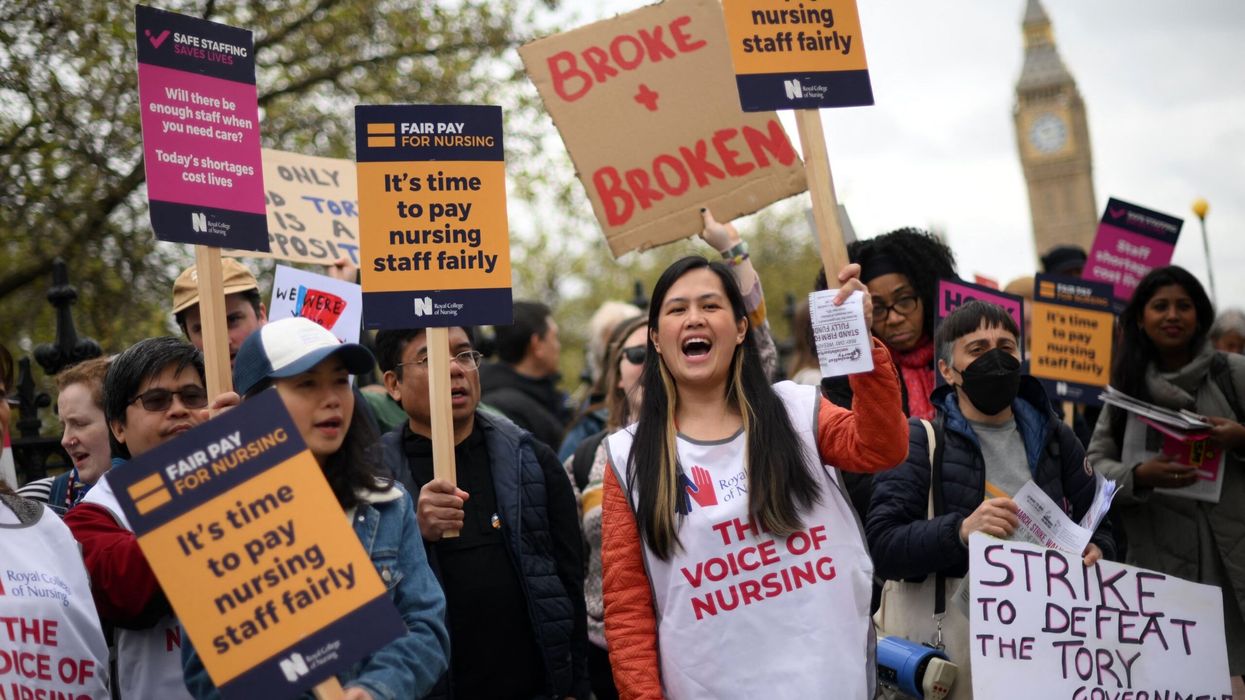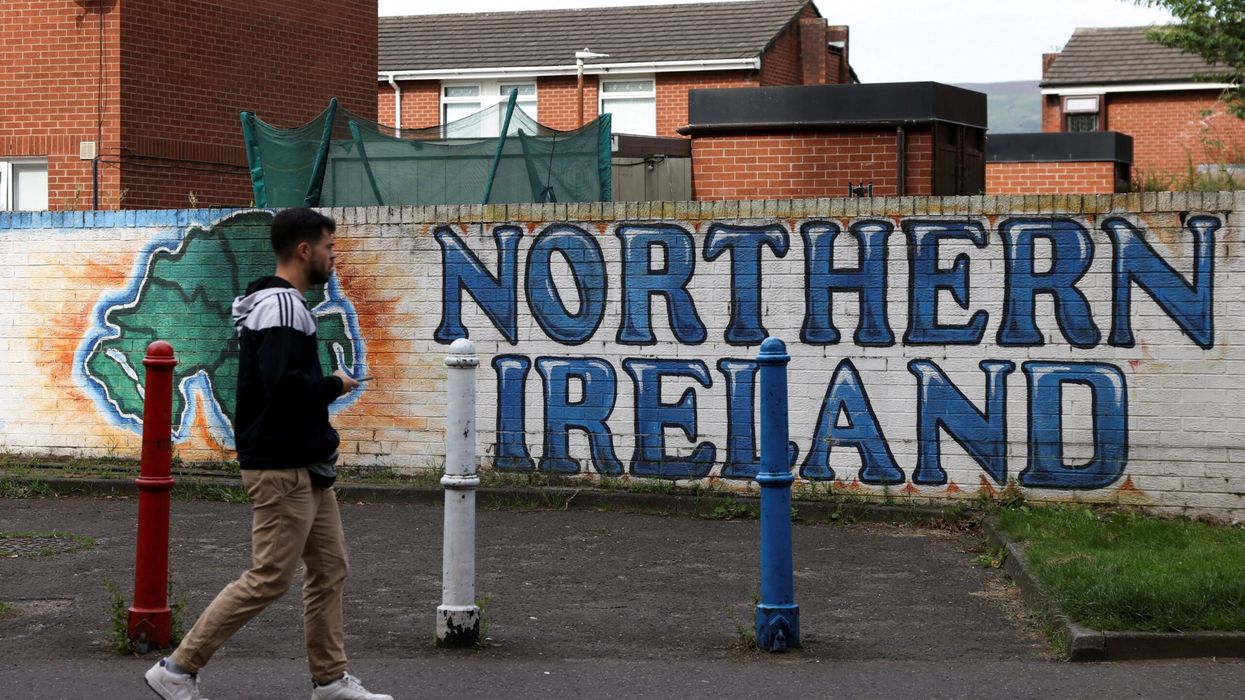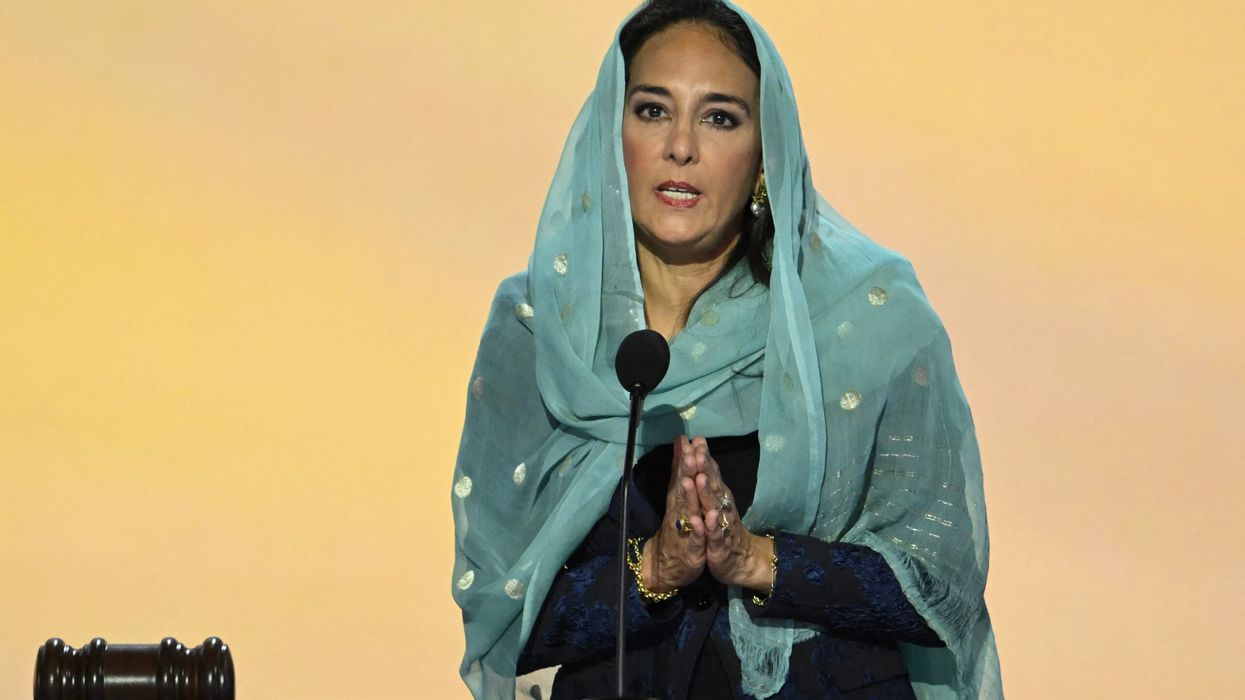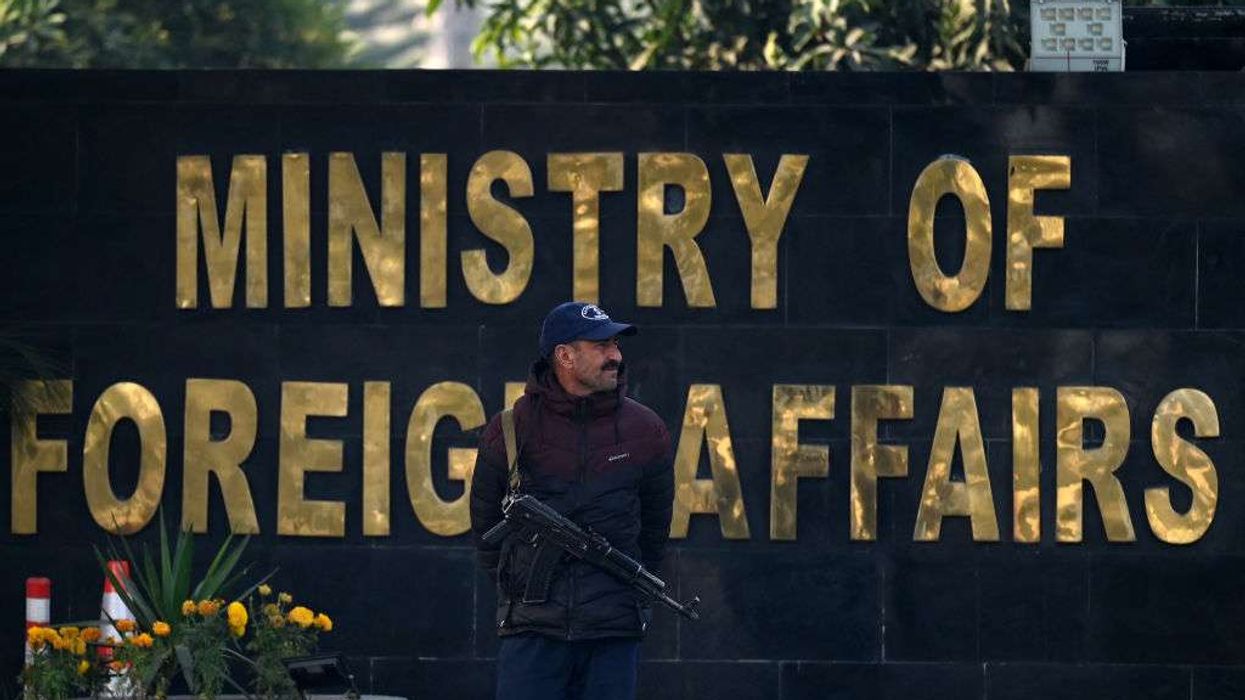The space race India aims to win this week by landing first on the moon's south pole is about science, the politics of national prestige and a new frontier: money.
If India's Chandrayaan-3 succeeds in landing on the lunar south pole on Wednesday (23), analysts and executives expect an immediate boost for the country’s nascent space industry.
Russia's Luna-25, which launched fewer than two weeks ago, had been on track to get there first – before the lander crashed from orbit, possibly taking with it the funding for a successor mission, analysts say.
The seemingly sudden competition to get to a previously unexplored region of the moon recalls the space race of the 1960s, when the US and the Soviet Union competed.
But now space is a business, and the moon's south pole is a prize because of the water ice there that planners expect could support a future lunar colony, mining operations and eventual missions to Mars.
With a push by prime minister Narendra Modi, India has privatised space launches and is looking to open the sector to foreign investment as it targets a five-fold increase in its share of the global launch market within the next decade.
If Chandrayaan-3 succeeds, analysts expect India's space sector to capitalise on a reputation for cost-competitive engineering. The Indian Space Research Organisation (ISRO) had a budget of around just $74 million for the mission.
NASA, by comparison, is on track to spend roughly $93 billion on its Artemis moon programme through 2025, the US space agency's inspector general has estimated.
"The moment this mission is successful, it raises the profile of everyone associated with it," said Ajey Lele, a consultant at New Delhi's Manohar Parrikar Institute for Defence Studies and Analyses.
"When the world looks at a mission like this, they aren't looking at ISRO in isolation."
Despite Western sanctions over its war in Ukraine and increasing isolation, Russia managed to launch a moonshot. But some experts doubt its ability to fund a successor to Luna-25.
Russia has not disclosed what it spent on the mission.
"Expenses for space exploration are systematically reduced from year to year," said Vadim Lukashevich, an independent space expert and author based in Moscow.
Russia's budget prioritisation of the war in Ukraine makes a repeat of Luna-25 "extremely unlikely", he added.
Russia had been considering a role in NASA’s Artemis programme until 2021, when it said it would partner instead on China's moon programme. Few details of that effort have been disclosed.
China made the first ever soft landing on the far side of the moon in 2019 and has more missions planned.
Space research firm Euroconsult estimates China spent $12 billion on its space programme in 2022.
But by opening to private money, NASA has provided the playbook India is following, officials there have said.
Elon Musk’s SpaceX, for example, is developing the Starship rocket for its satellite launch business as well as to ferry NASA astronauts to the moon’s surface under a $3-billion contract.
Beyond that contract, SpaceX will spend roughly $2 billion on Starship this year, Musk has said.
US space firms Astrobotic and Intuitive Machines are building lunar landers that are expected to launch to the moon's south pole by year's end, or in 2024.
And companies such as Axiom Space and Jeff Bezos' Blue Origin are developing privately funded successors to the International Space Station. On Monday (21), Axiom said it raised $350 million from Saudi and South Korean investors.
Space remains risky. India’s last attempt to land failed in 2019, the same year an Israeli startup failed at what would have been the first privately funded moon landing.
Japanese startup ispace 9348.T had a failed landing attempt this year.
"Landing on the moon is hard, as we’re seeing,” said Bethany Ehlmann, a professor at California Institute of Technology, who is working with NASA on a 2024 mission to map the lunar south pole and its water ice.
"For the past few years, the moon seems to be eating spacecraft."
(Reuters)
